Beginner's Guide to Reducing Waste
Every year, the average American sends over 1,000 pounds of everyday household refuse to landfills and/or incinerators. Aside from the fact that landfills and incinerators emit hazardous toxins and greenhouse gases, destroy wildlife habitats, and pose a major threat to human health (read more about the Impacts of Municipal Solid Waste here), trash is also a waste of natural resources, energy, water, labor, and money used to produce the discarded materials and items. For example, a 2014 study found that the amount of electronic waste discarded worldwide in one year was worth an estimated $50 billion in precious metals and resources.
Fortunately, we have the power to do something about this. There are many easy ways to reduce household waste. With a little planning, thought, and creativity, you can significantly reduce your impact on the environment (and likely your wallet!) by cutting down on trash.
Want to reduce your waste, but not sure how? We have compiled a list of 11 easy ways to reduce household trash.
1. Reduce your food waste
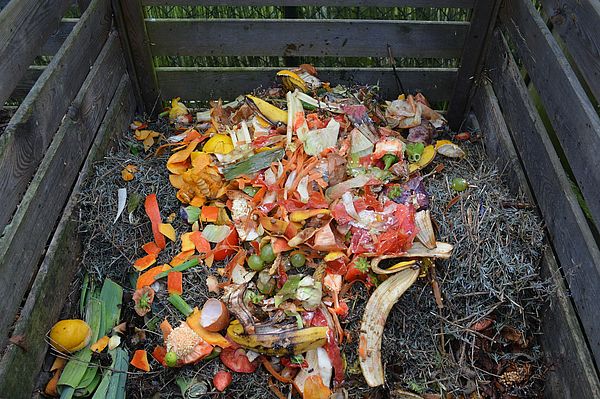
According to the U.S. Environmental Protection Agency (EPA), the largest component of municipal solid waste sent to landfill is food. Therefore, the most effective way to reduce your household waste is to reduce and divert food scraps! The District has advice on ways to reduce food waste that can save money. Planning is key; make sure to shop with a list, take inventory of your fridge, use up leftovers, and store food properly. Additionally, certain food scraps are edible! Click here to learn more about cooking with food scraps.
Reducing food waste is not the only way to divert food waste from the landfill! You can feed food scraps to animals like chickens (or pigs, if not feeding them meat), start a compost pile in your backyard, compost indoors with a worm bin, contact your trash and recycling hauler about curbside food scrap collection, or bring food scraps to a local town drop-off. Additionally, food scraps are accepted from residents for free at the District Transfer Station. Call us at (802) 388-2333 for more info on disposal of food scraps.
2. Paper or plastic? Neither!
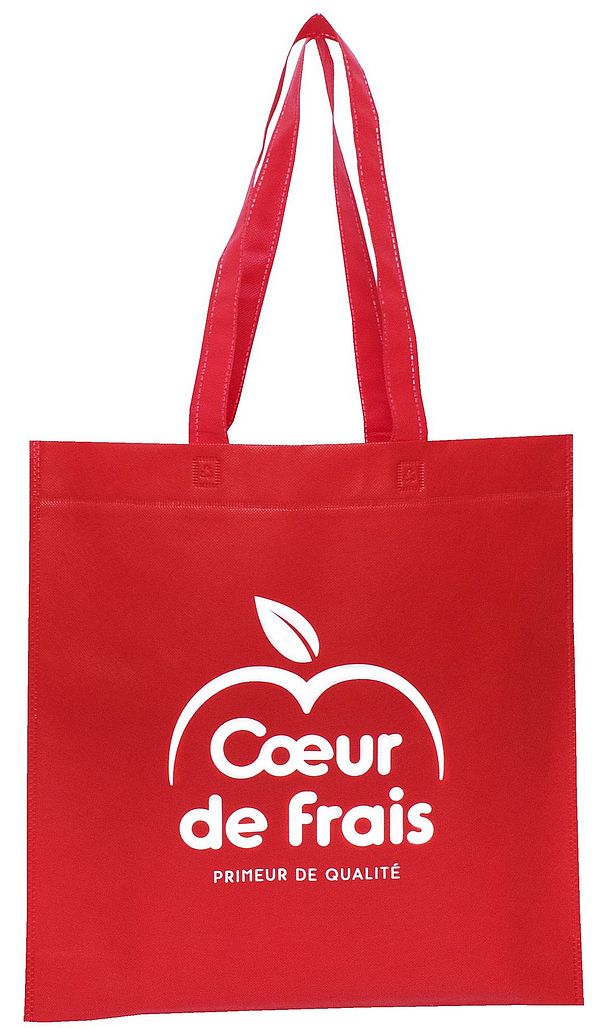
Use reusable bags for all shopping needs. Don’t limit reusables to grocery shopping—bring reusable bags when shopping for clothes, books, household goods, etc. You can also use reusable produce bags to purchase loose food items (such as fruits and veggies) from the grocery store.
If you find yourself forgetting bags at home, try storing bags in your car. Or, purchase folding reusable bags and keep them in your purse, on your keychain, or in your pocket at all times. For a more extreme solution, you can force yourself to return home for your bags if you catch yourself forgetting, or make yourself carry your purchases out of the store without a bag. Chances are, you will remember this unpleasant experience and be significantly less likely to forget your bags next time!
3. Say no to bottled water
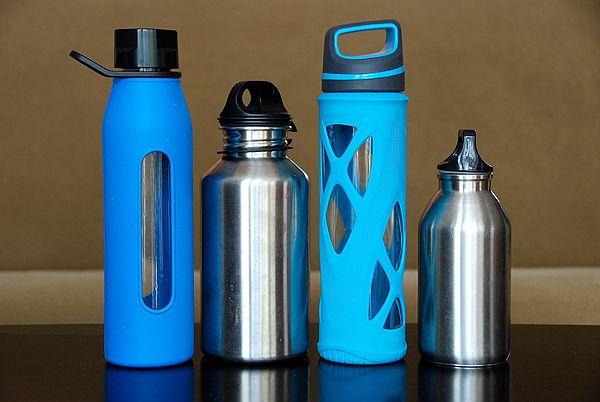
Instead of opting for bottled water, carry a reusable water bottle. It is a myth that bottled water is healthier than tap water—although both tap and bottled water are federally regulated in the U.S., tap water actually has stricter quality and health standards than bottled water. Benefit the environment, your health, and your finances by embracing tap and going reusable!
4. Use reusable rags and cloths for cleaning
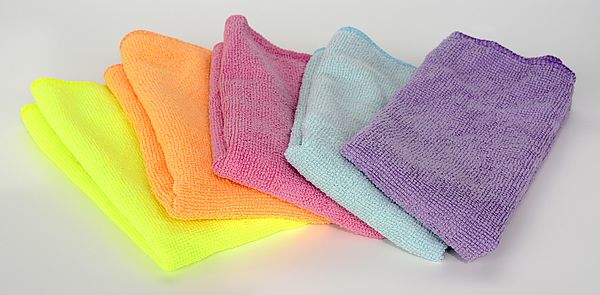
Avoid paper towels, napkins, and tissues by going reusable! Use handkerchiefs, wash cloths, cloth napkins, towels, and/or cleaning rags to wipe up messes and clean household surfaces. After use, simply toss in the laundry. Wash in hot water and line dry in the sun to disinfect.
5. Opt out of paper mailings, bills, ads, junk mail, and phone books

Visit our page about fighting junk mail, or start with these quick tips: Contact your bank and utility companies to inquire about electronic statements and payments. Check out Direct Marketing Association Choice to stop receiving most junk mail, go to optoutprescreen.com to stop receiving pre-approved offers from credit bureaus, and visit yellowpagesoptout.com to opt out of phone books. For other unwanted mailings, contact the company directly and politely request you be removed from their mailing list.
6. Buy foods with little or no packaging

Fresh fruits and veggies are typically offered loose in the produce section, and you can also buy many dry foods package-free in the bulk section of grocery stores. Bring your own reusable produce bags, containers, or flour sacks to purchase bulk items and produce instead of the plastic produce bags supplied at the stores. Check out our Package-Free Grocery Shopping Guide to learn more.
7. Rethink food storage
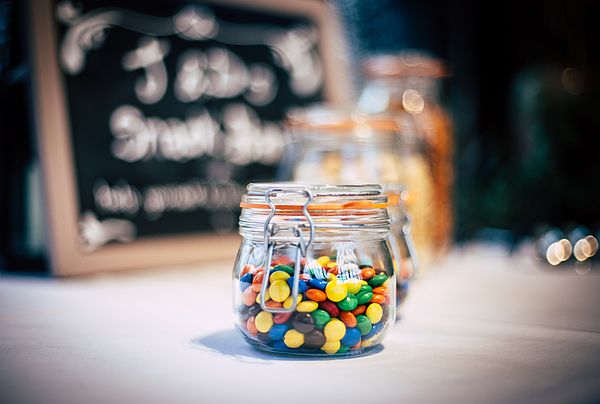
Use reusable containers and reusable food wrap instead of plastic baggies, aluminum foil, and cling wrap. Side note: You can also use a reusable silicone baking mat in place of aluminum foil/parchment paper for baking! Check out more kitchen waste reduction tips.
8. Use reusable cutlery

Bring real silverware and cloth napkins if packing meals or carry silverware to avoid disposable forks, knives, spoons, and sporks. You can use the silverware you already own, get silverware cheaply at a thrift store, or purchase a travel silverware set with a carrying case.
9. Go straw-less

Disposable straws suck! Try drinking your beverages without a straw. When placing a drink order, politely ask for no straw. If you don’t want to give up straws completely, you can purchase a reusable straw instead.
10. Avoid paper cups

Paper cups and other paper liquid-holding containers have plastic linings and thus cannot be recycled. Reduce your paper cup usage by purchasing coffee in a travel mug. Most coffee shops will let you bring your own cup for them to fill—some even offer discounts for doing so! If you prefer to make your own coffee, use reusable k-cups, reusable coffee filters, or a French press, and remember to compost your coffee grounds!
11. Recycle right
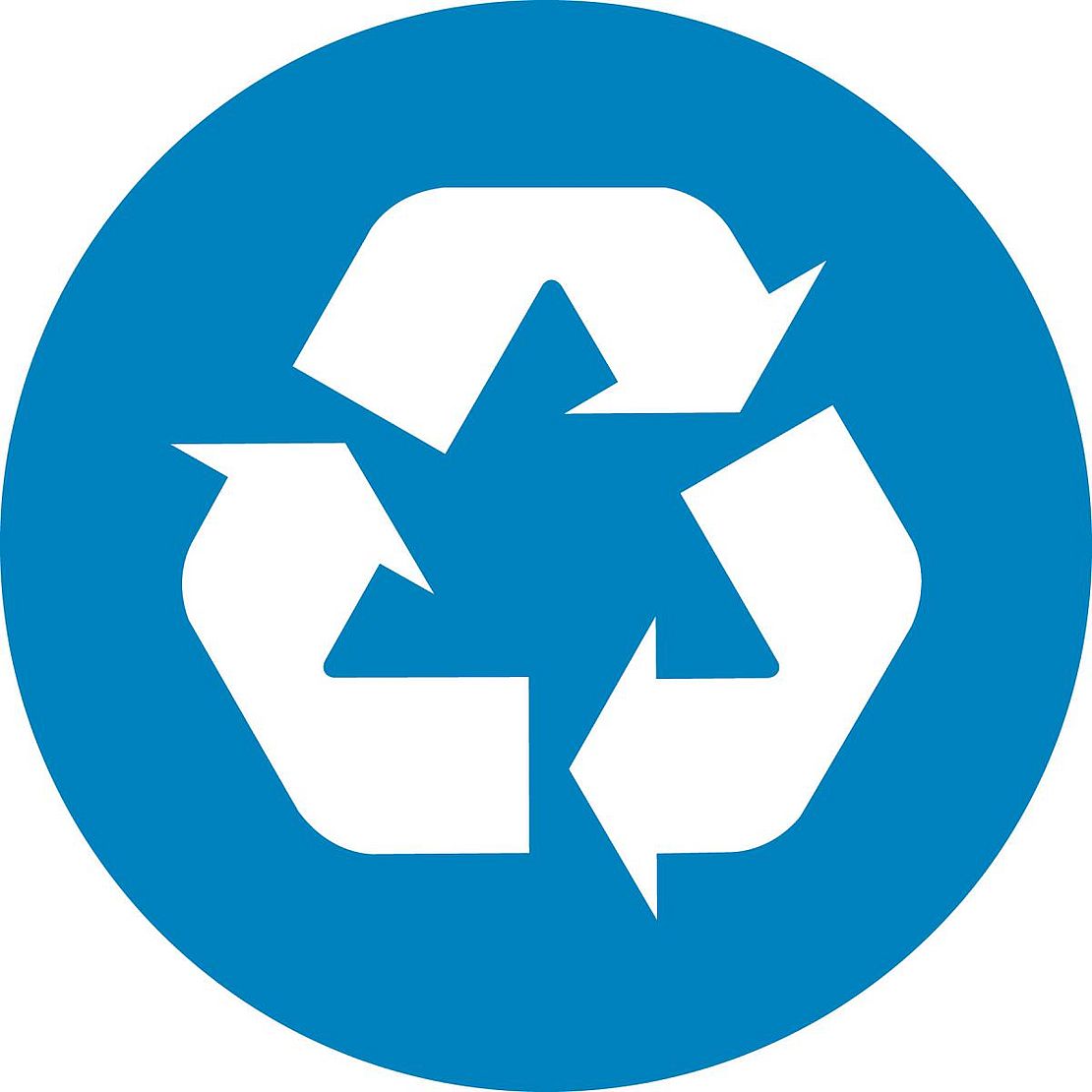
Recycling keeps materials out of the landfill by repurposing used materials into new products that can be used again. By recycling right, you are keeping material out of the landfill, and also reducing contamination in the recycling stream. Check out the Mini-Disposal Guide to learn what can and can’t go in your recycling bin and the A-Z Guide to see how to recycle materials that can’t be placed in your curbside bin.
